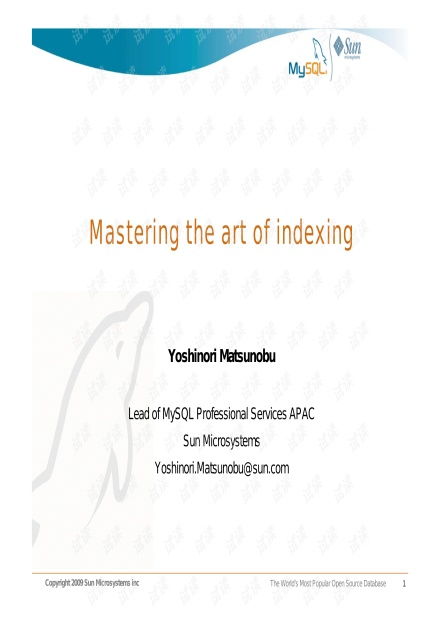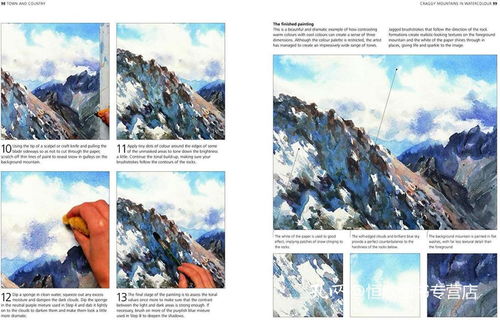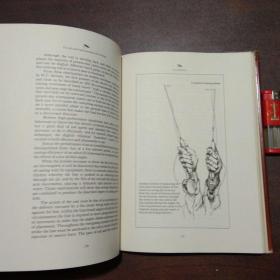In the world of angling, the skill of quickly and efficiently cutting fishing line can be the difference between a successful catch and a frustrating day on the water. Whether you're a seasoned angler or a beginner looking to refine your technique, mastering the art of quick line cutting is a valuable skill to possess. Below, we delve into the essential techniques that will help you become a proficient line cutter.
Understanding the Importance of Quick Line Cutting
Before we dive into the techniques, it's important to understand why quick line cutting is crucial. Accidents happen, and when they do, you need to be able to cut your line quickly and safely. Whether it's a tangled line, a snag, or a broken hook, having the ability to cut your line swiftly can prevent further complications and get you back to fishing in no time.
The Right Tools for the Job
The first step in mastering quick line cutting is to ensure you have the right tools. Here are the essentials:
- High-Quality Fishing Knife: A sharp, high-quality fishing knife is your primary tool. Look for one with a comfortable grip and a blade that is easy to sharpen.
- Line Cutters: Some fishing knives come with built-in line cutters, which can be extremely handy. If not, a dedicated line cutter is a worthwhile investment.
- Pliers: Having a pair of needle-nose pliers can be invaluable for gripping and manipulating the line.
The Proper Technique
Now that you have the right tools, it's time to learn the technique. Here's a step-by-step guide to cutting fishing line quickly and efficiently:
Step 1: Secure the Line Begin by securing the line with your non-dominant hand. Use your fingers to grip the line as close to the knot or the point of the problem as possible. This will prevent the line from slipping while you cut it.
Step 2: Position the Knife Hold your fishing knife with your dominant hand. Position the blade at a 45-degree angle to the line, with the sharp edge facing away from you. This angle provides the most leverage and control.
Step 3: Cut the Line Apply firm pressure to the knife and make a quick, clean cut. The key is to use a swift motion to ensure the cut is clean and the line doesn't fray.
Step 4: Check the Cut After cutting the line, check the cut to ensure it's clean and that there are no frayed ends. If necessary, use your pliers to grip the line and pull it apart to remove any remaining frayed pieces.
Safety First
Safety should always be your top priority when cutting fishing line. Here are a few safety tips to keep in mind:
- Always Cut Away from Your Body: Position the line so that the cut is away from your body to prevent accidents.
- Be Mindful of Others: If you're fishing with others, be aware of their position and movements to avoid any accidental cuts.
- Keep Your Knife Sharp: A dull knife is more likely to slip and cause an injury. Regularly sharpen your knife to maintain its edge.
Practice Makes Perfect
Like any skill, quick line cutting takes practice. Spend some time practicing with your knife and line to become more proficient. Try cutting different types of line, including monofilament, fluorocarbon, and braided line, to become familiar with their unique properties.

Advanced Techniques
Once you've mastered the basic technique, you can explore some advanced line cutting techniques:
- The Zipper Cut: This method involves cutting the line at an angle to create a 'zipper' effect, which can help remove snags more easily.
- The Loop Cut: This technique involves creating a loop in the line and cutting through it to remove a section of the line. It's particularly useful for removing kinks or for cutting through a large tangle.
Conclusion
Quick line cutting is a fundamental skill that every angler should master. By using the right tools, practicing the proper technique, and keeping safety in mind, you can become a proficient line cutter and enjoy a more enjoyable and productive fishing experience. Remember, practice makes perfect, so don't hesitate to spend some time honing your skills. Happy fishing!












